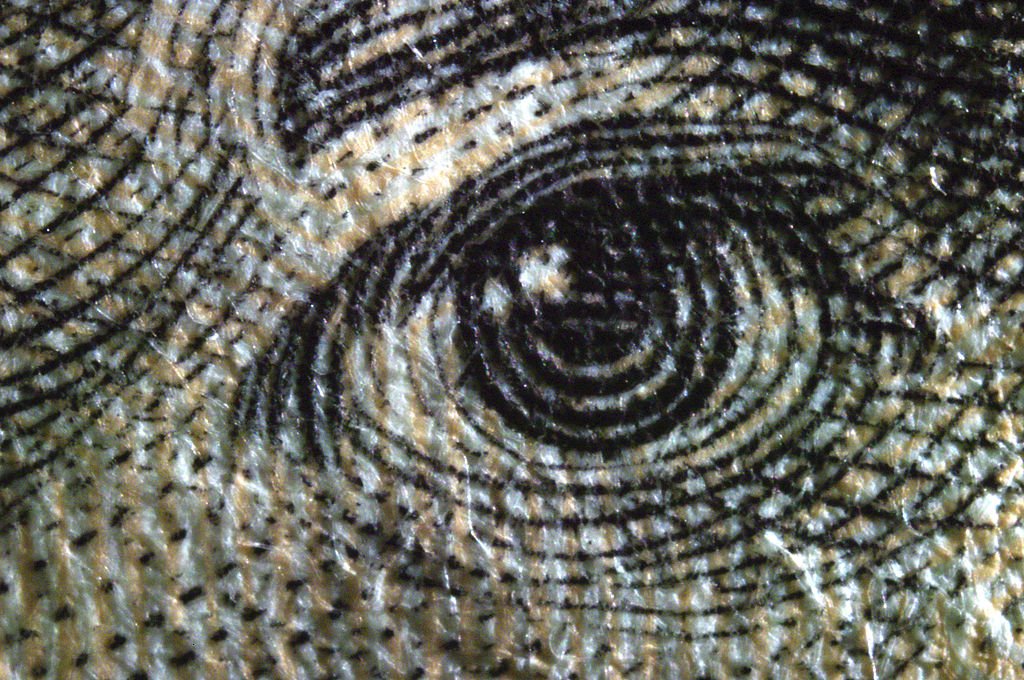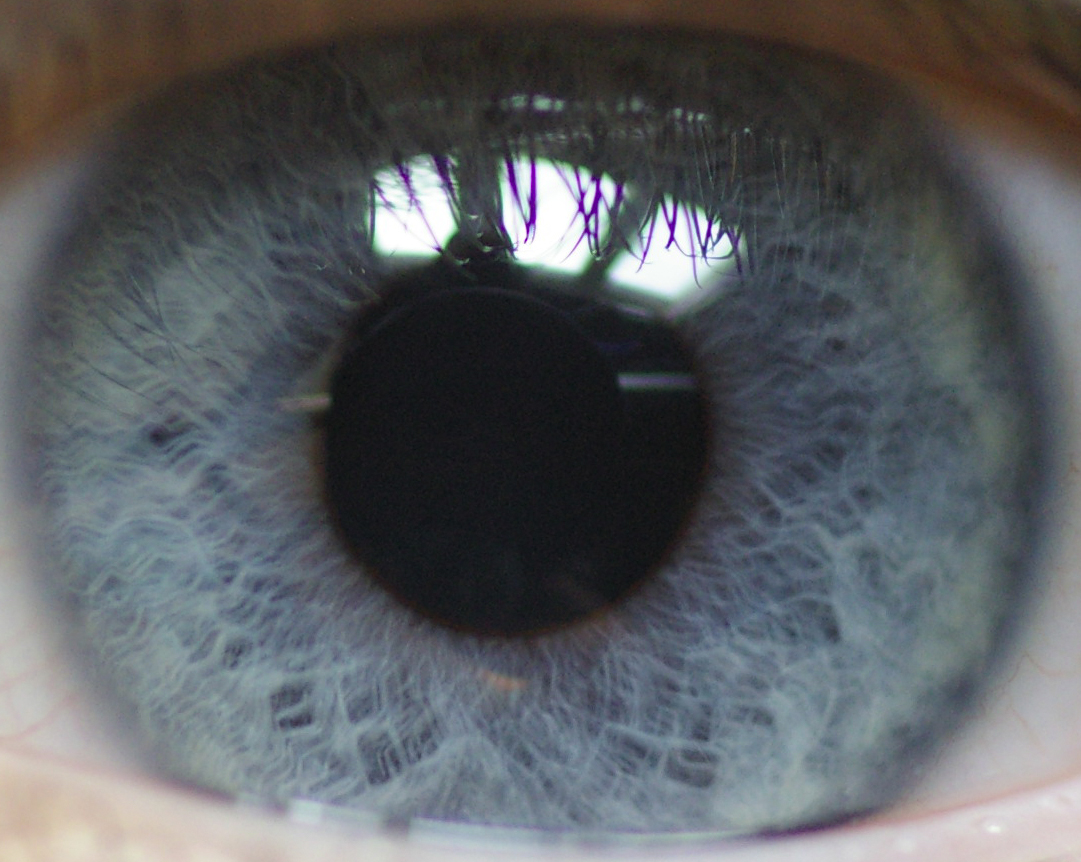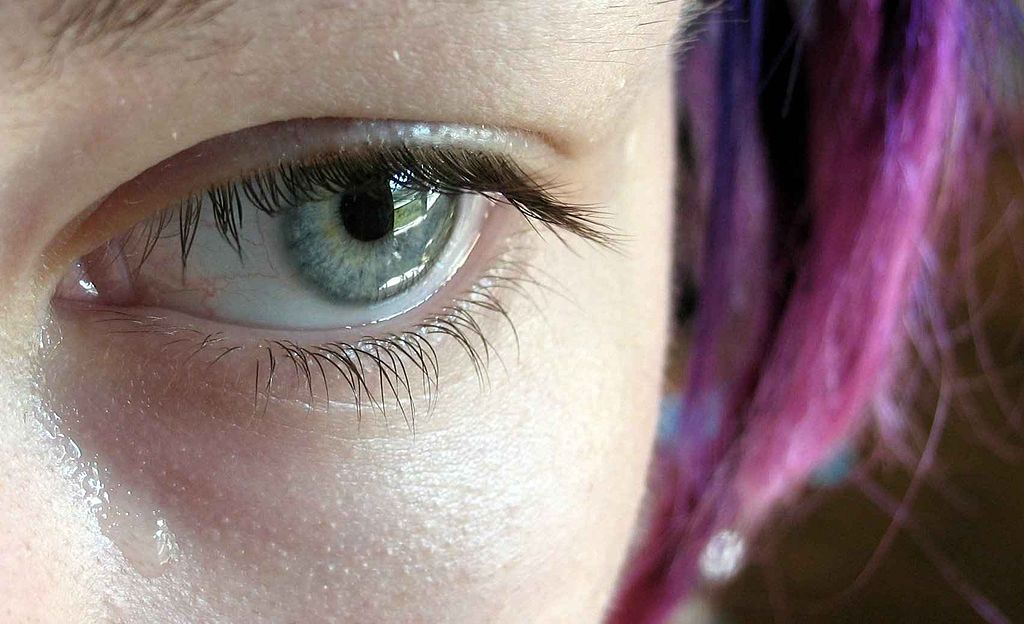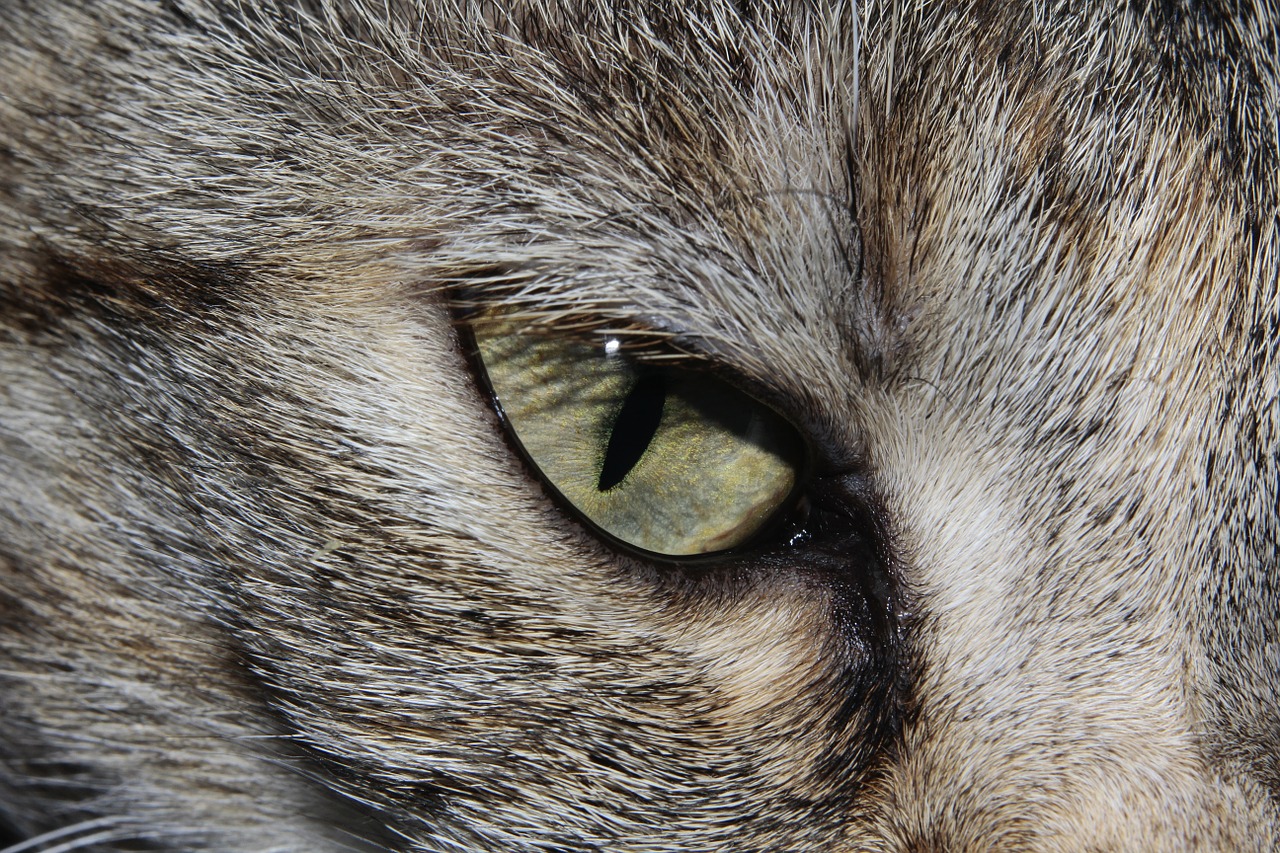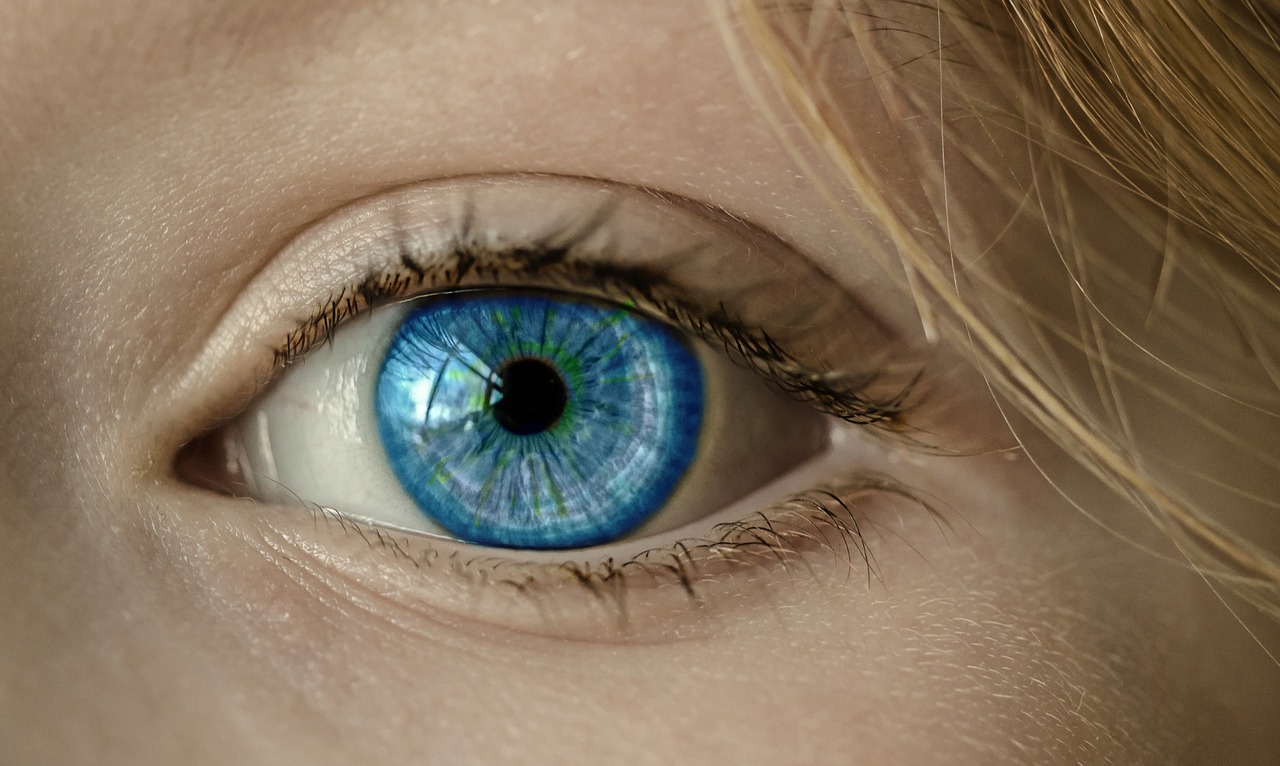Do the Eyes Tell Someone is Lying or is Lying Eyes a Myth?
Many people have been accused of lying, because they refused to make eye contact with an accuser, being afraid that lying eyes reveal when someone is lying. They did not want their eyes to tell on them by expressing doubt, concern or lack of confidence. There are been many claims that people's eye patterns can reveal whether they are lying or not. There are also many other body language signs that someone may be lying.
Children generally are very poor liars and hiding the tell-tail signs in their body language that they are lying or not telling the whole truth. Parents know these signs and children get better at lying.
Adults are better liars, but there are many signs of lying that are hard to hide - the most famous one being Lying Eyes. What is this Lying Eyes all about, and is it reality or a popular myth. How can your body language act like a lie detector test and tattle-tales on us just when we thought we had gotten away with it?
Eye Movement and Persuasion
Brain scientists and psychologists have shown that the eyes can showcase what is happening in the brain. That is, the pattern of eye movement when someone is accessing or processing information to provide an answer, can tell us a great deal about their style of communication and learning.
The various neurological patterns and style of eye movement patterns are set very early in life by the age of eight years. The various patterns reflect the learning and sensory strategies of each the individual. These eye movements fall into three groups: up, down and to one side or the other, and are common to everyone and are independent of gender, culture and language.
This means that you can discover a lot about someone who you are talking to, by watching and understanding their eye movement patterns. By 'reading' their eye movements you can also track the outcome of your communication with them and perhaps persuade them or get a different outcome. Their eyes betray their thoughts.
The eye pattern chart shown below summarizes the eye movement patterns for auditory, visual and kinesthetic (feeling) neural responses reflected in the eyes. Basically 'visual focused' persons tend to look up (to construct a visual mental picture); 'auditory focused' persons tend to look to the side (to construct an auditory mental picture); and 'kinesthetic or feelings focused' persons tend to look down.
When someone looks to the Right (Your Left), this generally implies that someone is taking time to construct an image from various parts of their memory rather than instantly recalling it. They make be lying. When someone looks to their Left (your Right) this implies they are recalling images from memory rather than constructing them. For left handed people the image shown below needs to be reversed, as well as the interpretation shown below about lying eyes.
Theory about Lying Eyes
There is a theory that the eye patterns of someone can be interpreted as suggesting when they are lying. If someone is asked a question that they should be able to easily recall from memory they should look to your right. If they need to craft a lie they will generally look to your left. This could will be a sign that they are making up something - that is that they are lying.
Tell-Tale Eye Patterns of a Liar
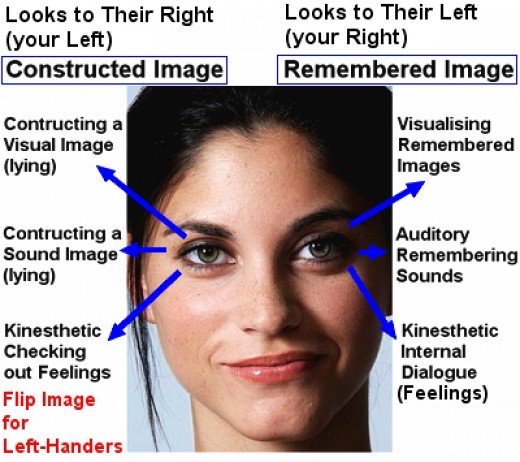
When someone eyes looks to their Right (your Left), they are thinking carefully before making a reply and could be making up a whopper of a lie.
Try it => Ask someone to think about of the noise of thunder or the sound of one hand clapping and watch their eyes. They will look to the right as they try to recall the noise of thunder or to provide and answer. If someone knows the truthful answer to a simply question why do they have to spend so much time thinking about it. Politicians and classic examples - watch their eyes as the try to craft untruths or partially truthful replies.
When someone's eyes looks up and to their left they are a visual type of person trying to recall a visually remembered image.
Try it => Ask someone to recall the color of their very first car, and watch their eyes. Most eyes will quickly move up and to their left (your Right) as they trawl through their memory banks visually recalling the image of their first car so that they can reply the color of their house.
When someone's eyes looks Up and to their right (your Left), this eye movement generally indicates that a person is visually constructing an image.
Try it => If you ask someone to recall or create an image of a yacht sailing on the ocean, most will look up and to the right (your left).
When someone's eyes focus horizontally Left (your Right), this generally indicates that a person is recalling of an auditory memory.
Try it => Ask someone to recall their favorite song mentally, and they will look in this direction.
When someone looks Down and to the Left (your Right), this usually indicates that someone is recalling a feeling or sensory impression -such as smell or taste, or a general feeling.
Try it => For example, if ask someone to remember what they ate for breakfast, their eyes will move down and to their left.
When someone looks Down and to the Right (your Left), this is generally the direction someone will look while they are deep in thought or “talk to themselves".
The above eye patterns apply when someone takes time before giving an extended response to a question. It does not work when people reply with a quick "yes" or "no" response. However a person that is lying will often briefly close their eyes before giving their answer, maybe for just half a second, and then respond. This may be a tell-tale sign that they are lying
In Summary
- If someone glances to their right (your left) before replying they are creating something, a story or a crafted reply, or in other words they could be lying.
- If someone looks to their left (your right) they are recalling something from memory, and are most likely telling the truth.
The opposite applies for left-handed people.
Of course there will always will be exceptions to these general expected eye patterns.
Other Tell-Tale Signs of Lying
Frequency that "Me, mine, myself, we, I" is mentioned - People who are lying are make up stories that never really happened, but they forget to refer to themselves in the story and so the number of times they refer to themselves drops. Watch out for any reduction in the number of words like 'I', 'me', 'mine' in the conversation.
Not so Shifty - Lying takes a lot of effort and concentration and so people tend to move around a lot less when they are concentrating on making up a lie. Watch to see if a person suddenly becomes quite still, when they would normally be animated.
More Hesitant - Liars tend to be more hesitant than those telling the truth from memory. People that are lying tend to stumble over their story and may say "umm" or "err" a lot and have gaps in their delivery. Listen out for tell-tale increase in the umms and errs.
Delays in the response - Liars will often have to ponder about their words before they speak. Be wary if someone starts to have pauses in what they are saying when they are normally fluent in delivering answers.
Arm actions and restlessness - Liars tend to move their hands and arms around more than people telling the truth. This may be an act to display confidence or that they are uncertain about the reply. Be suspicious if someone who is normally quite still, suddenly starts making hand gestures, touching their hair or covering up their mouth as they chat.
Become a qualified Microblading Practitioner to improve the look of your eyes - see:
College of Dermal Therapies - Full Professional and Online Face-to face
Courses Courses
and online courses at
College of Dermal Therapies @ Teachable
